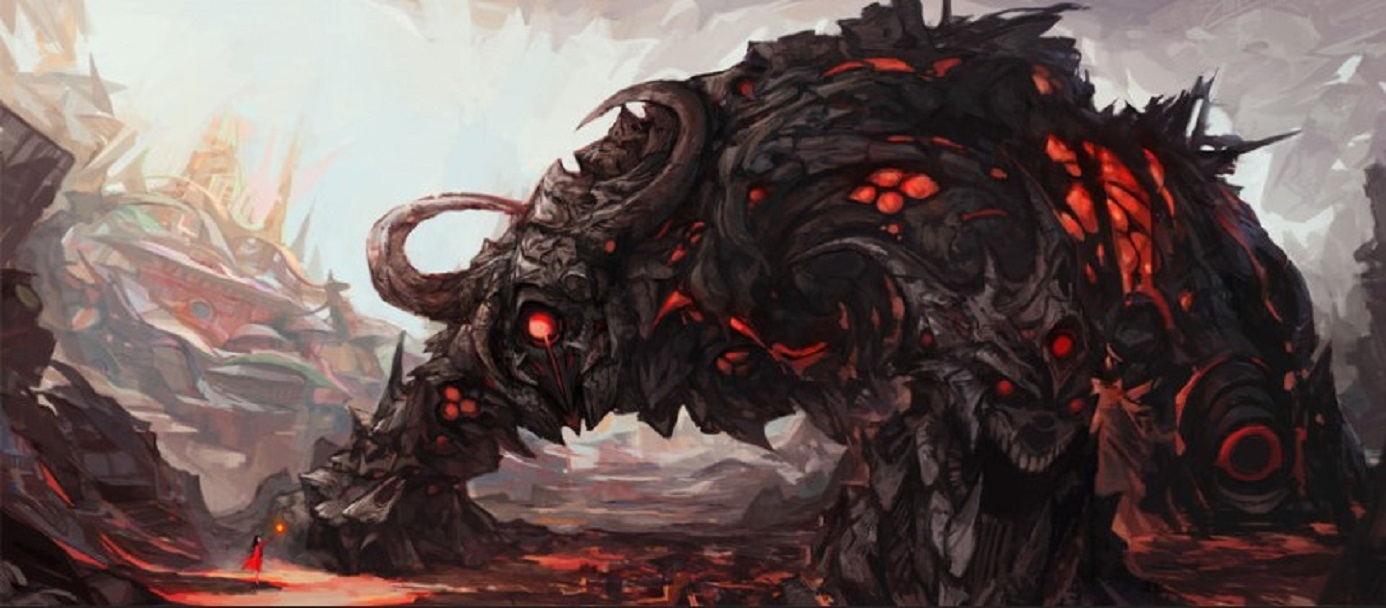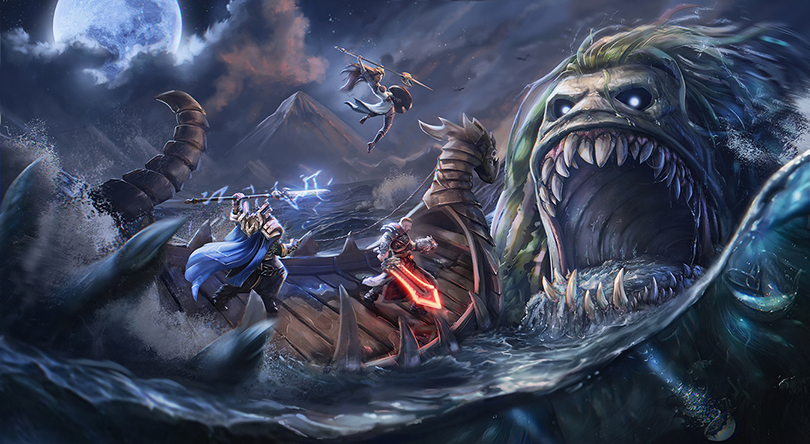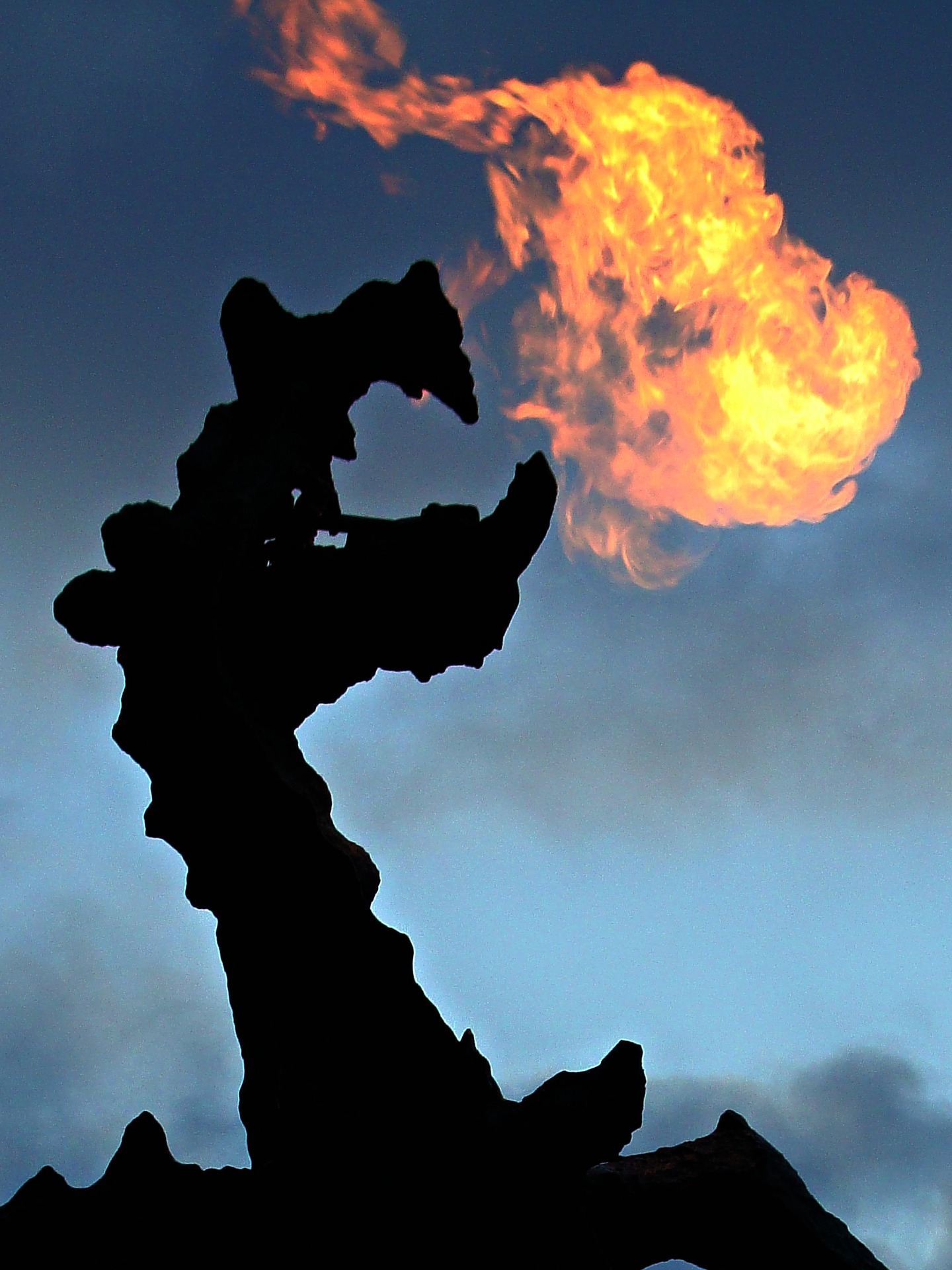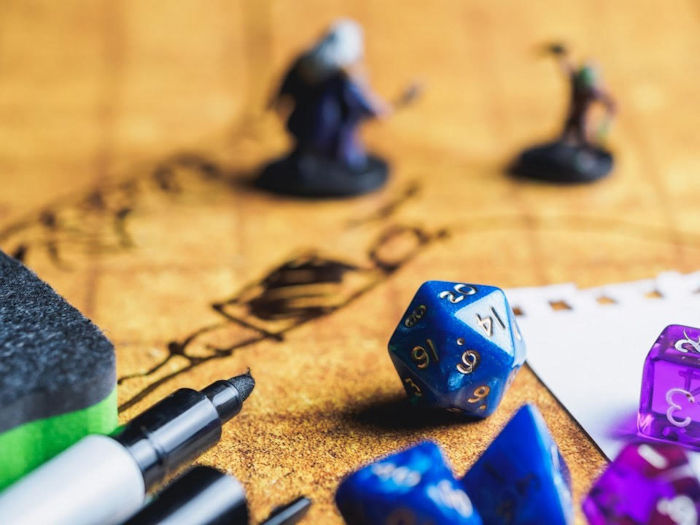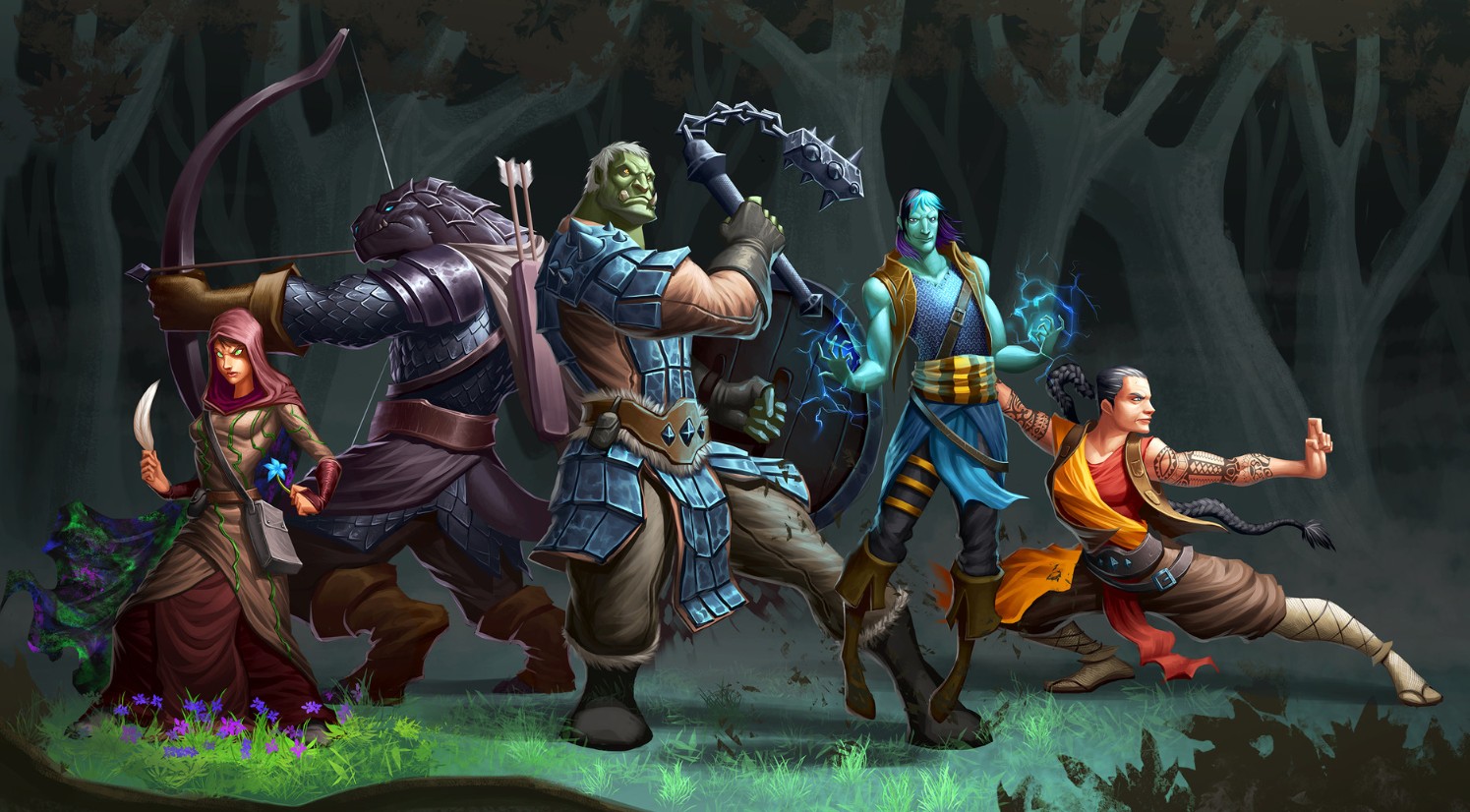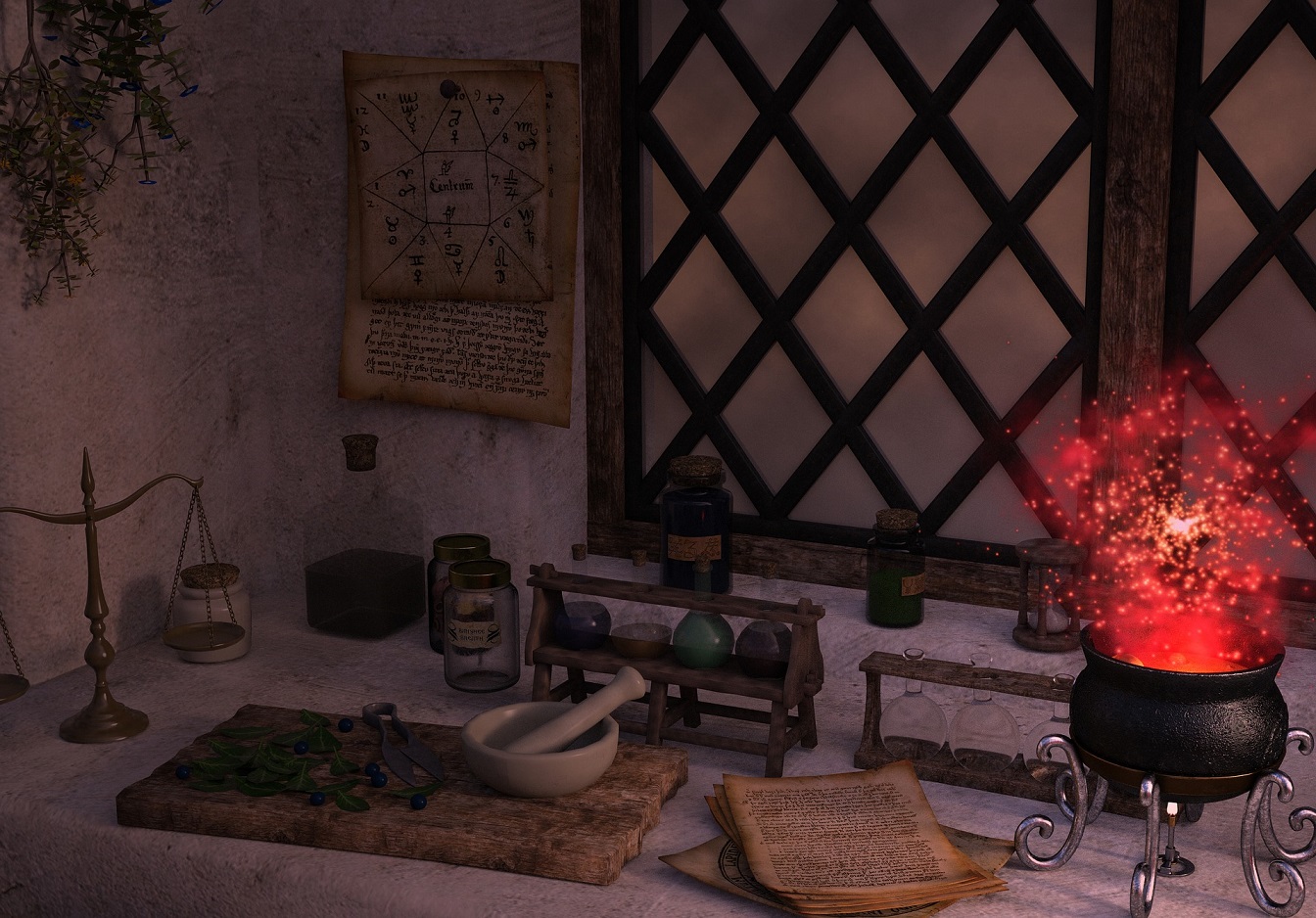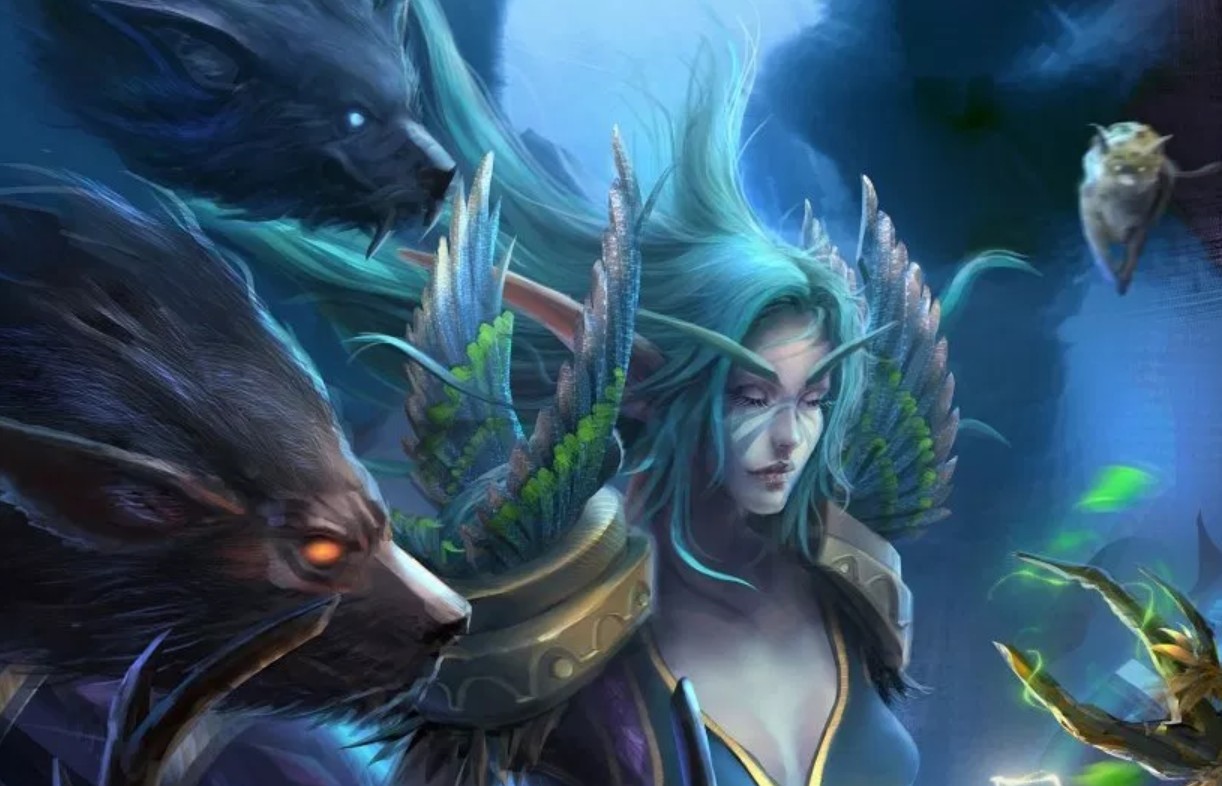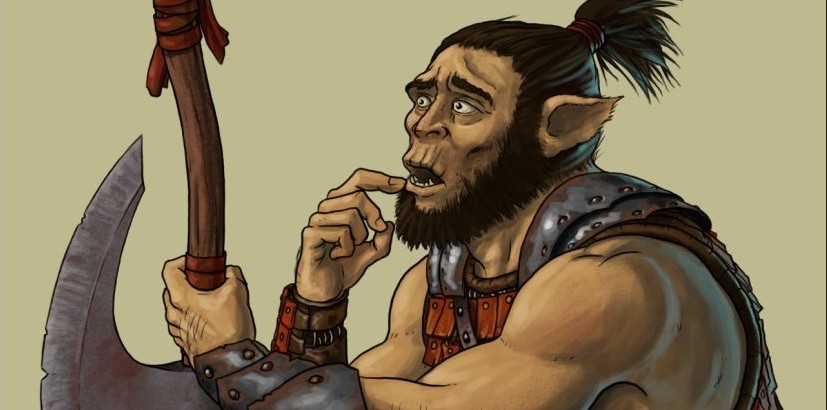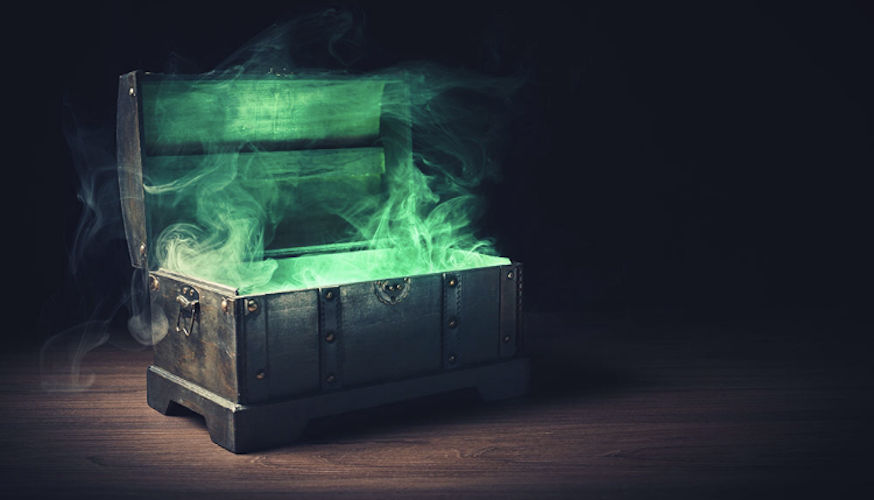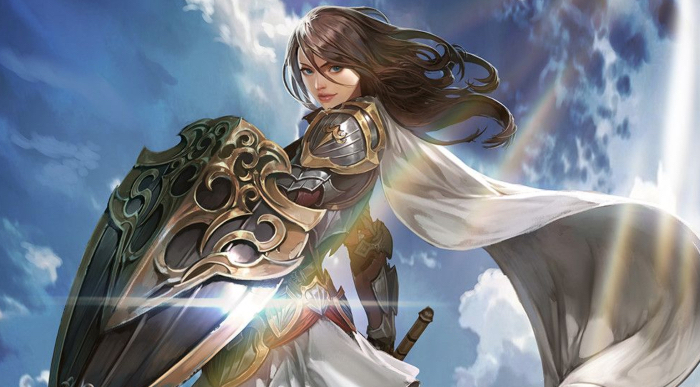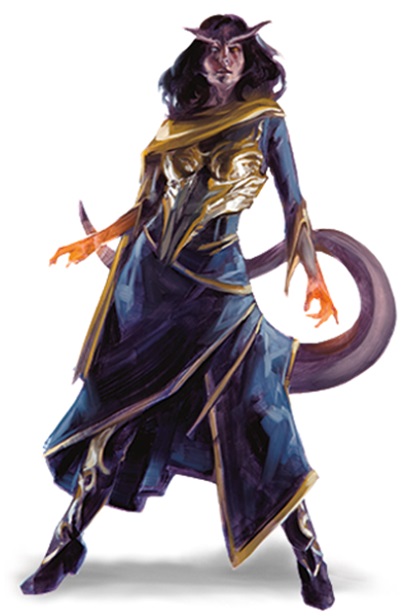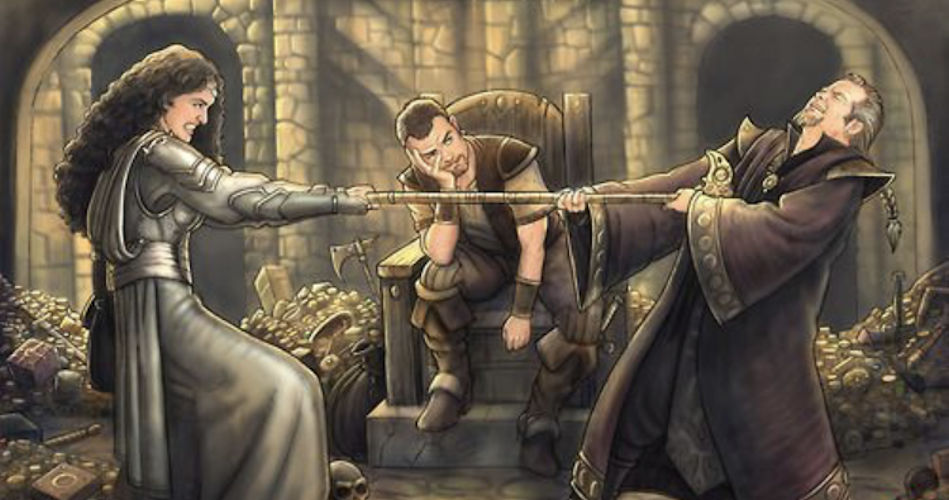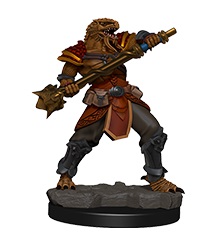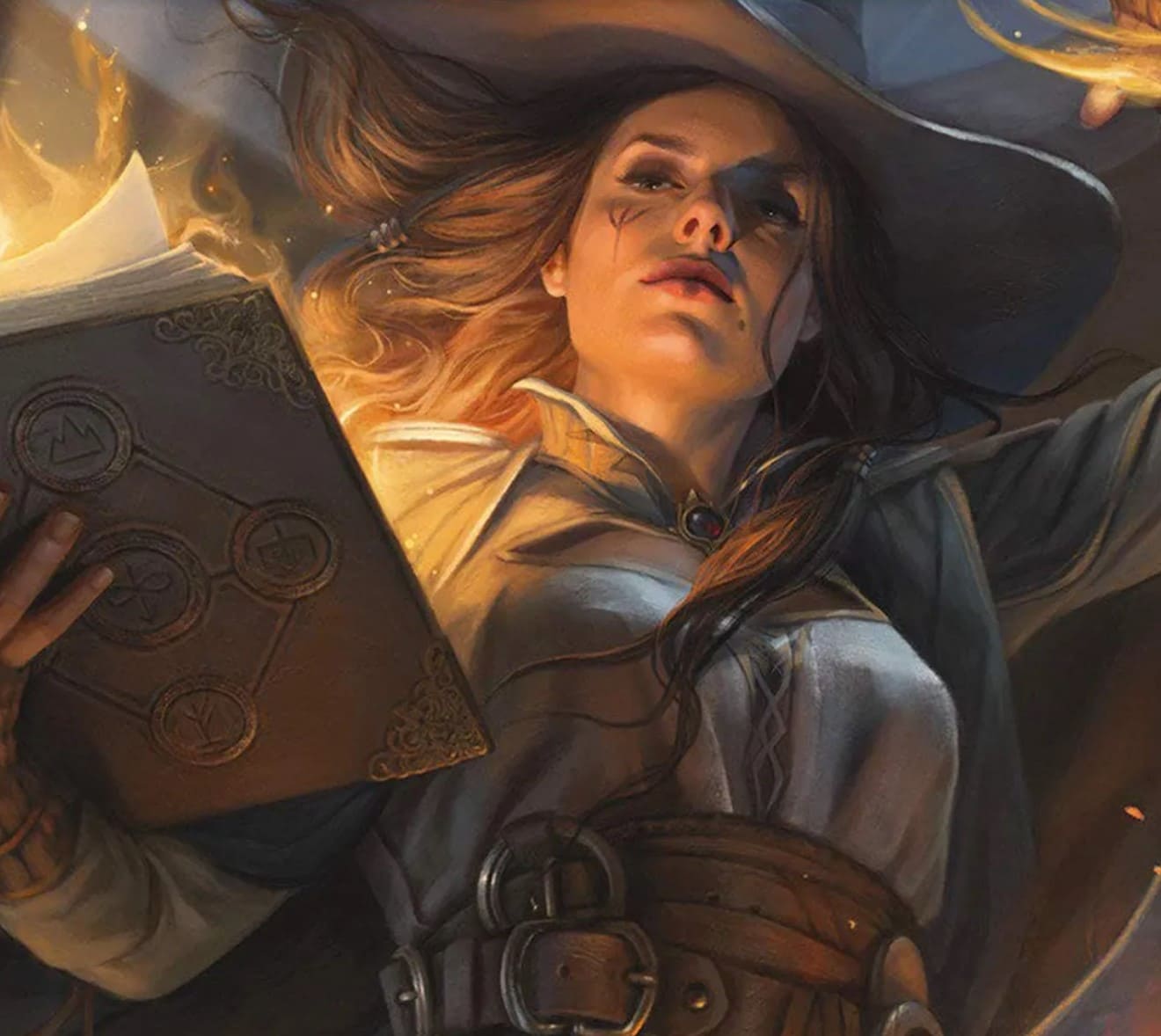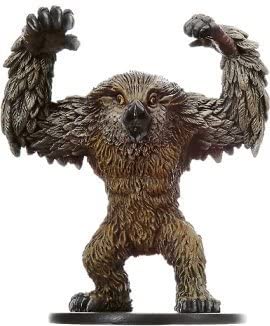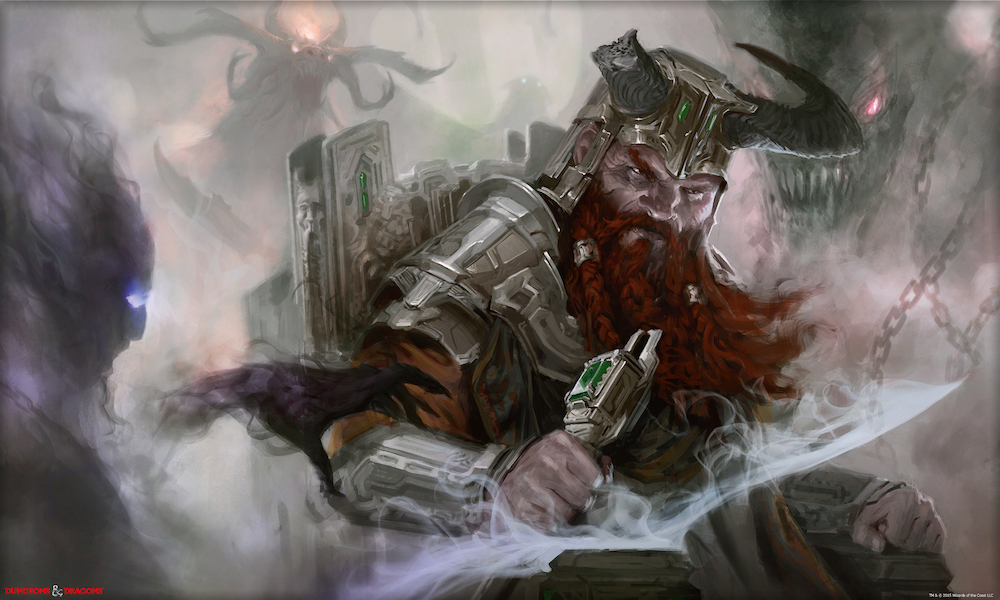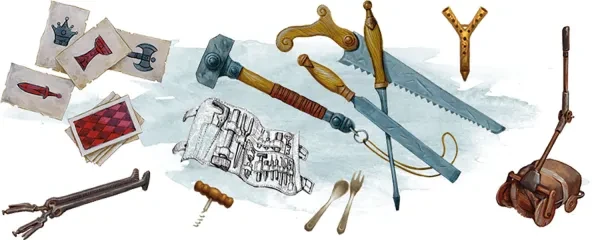
It’s such a classic question to ask in the world of Dungeons & Dragons. The “how do I be awesome during an encounter” question. And it makes sense, for encounters are such a huge aspect in the game, and no one wants to be “that character” that barely scratches an enemy (or feel like they’re doing little to no effect).
In your head, you’re singing “I wanna be the very best, like no one ever was,” and wondering how to go about having a powerful character for your party. No problem. That all concerns what class you pick for your character.
Some classes are better for specific roles than others, like healing and utility support. If you want to be one of the top damage dealers however, or overall an incredibly reliable character in your party for combat, I have the top five classes just for you.
Lower the volume of the Pokémon Theme Song in your head, and let’s get started!
5. Fighter
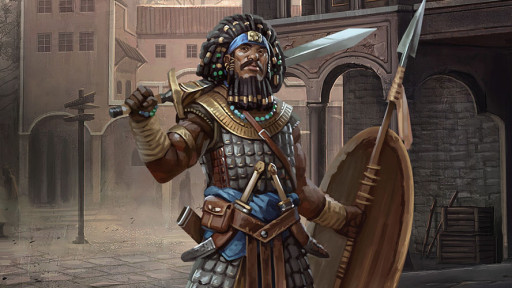
Come at me bro.
In my opinion, fighters are vastly underrated. You can mold a fighter into any kind of weapons specialist you want, and therefore your character can range from being a spartan to a samurai. With that, your overall playstyle as a fighter can be extremely simple as a newer player (or just nice and straightforward), or more complex to have more advanced players bring some personal flair to the game.
I personally love this aspect, it’s helped me quickly prep a level 20 character within minutes for a one shot that was impromptu, and I could still easily run the character without needing to constantly reference spells or other traits. However, many people find that kind of simplicity boring.
Regardless, you can’t deny that a fighter brings a lot to the table. For starters, their health can be enough to play as a tank role for the party, if not just be a hard character for enemies to bring down. A fighter can also attack up to four times per turn at maximum level, and more so when performing Action Surge. That alone is a great opportunity to cause major damage in combat. If you are a player who is looking to just hack and slash until kingdom come, this is the class for you.
What Makes a Fighter Great at Combat
- Large damage output per round, both through melee and ranged attacks
- Can have multiple attacks during level progression
- Proficiency in all armor and shields cause high armor class
- Sustainability through traits
- Can perform an additional action through Action Surge
4. Bard

Allow me to sing you a song
Bards are incredibly unique, and one of the most versatile spellcasters out there in Dungeons & Dragons. These creatives are typically the face of the party with their high charisma and can therefore talk their way out of a number of situations. But we’re not here to talk about how amazing they are in certain role-playing scenarios. We’re here to talk about their combat skills.
While bards are mostly support with their spells and bardic inspiration, they can definitely pack a punch as reliable damage output when needed (I know a bard that thoroughly enjoys a good Fireball). Yet when there’s enough damage dealing going on, it’s all about the buffing, debuffing, and crowd control. Being support however does not mean they are any less valued in combat, because especially with bards, their actions can truly help turn the tide in an encounter and cause a fair amount of damage all at once. Plus, their Jack of All Trades trait gives them a nice assist in any skill checks and saving throws, which can also make or break a situation during combat.
The only potential caveat with playing a bard is the lack of health they possess. Bards can be a bit squishy if you don’t focus constitution as an ability modifier, so even though you can accomplish many things, make sure you do it from a distance.
What Makes a Bard Great at Combat
- Jack of All Trades trait to assist with any skill checks or saving throws during combat
- Cast buff and debuff spells on allies and/or targets
- Reliable damage per round
- Accessibility to a decent number of spells
- Great crowd control via spellcasting
3. Cleric
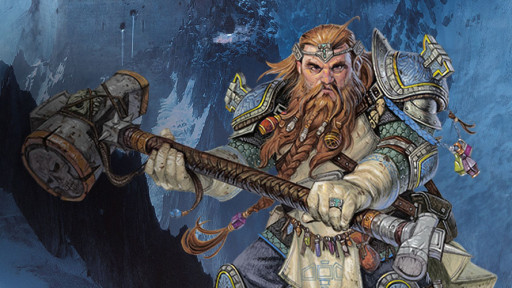
A little healing goes a long way!
I love clerics. I’ve always been a healer at heart when it came to any MMOs and other RPGs. Despite that, this class is not just for healers. Clerics have a wonderful versatility between doing damage and healing, thanks to the different domains that can be chosen from. I personally enjoy the Life and Tempest Domain.
Regardless of being one of the best healers around, and/or providing a very reliable source of damage per round, clerics are also proficient in medium armor and shields; to the point that they can be much harder to take down in a fight. This is something to particularly to take note of. Most spellcasters that damage others effectively are incredibly low on health, but with a cleric, you have the best of both worlds. They say to always bring down the healer first during group battles and PvP, but if the healer is clad in sweet mail with a higher armor class, well, it won’t be an easy healer to take down.
My only warning with a cleric is that if you are someone who enjoys swinging a weapon at enemies, this would not be the class for you. Clerics are proficient in weapons but their damage does not compare whatsoever to their spellcasting effects.
What Makes a Cleric Great at Combat
- Extremely powerful healing spells
- Cast buff and debuff spells on allies and/or targets
- Higher armor class with proficiency in medium armor and shields
- Reliable damage per round
- Class versatility to play many roles for party
2. Paladin
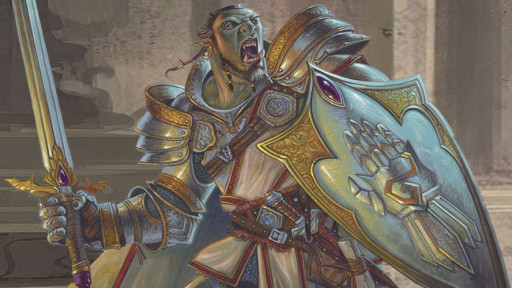
How to spell Paladin: OP
Meanwhile, if you like the idea of a cleric, but would prefer melee combat instead of ranged, a paladin is the better pick for you. There’s an easy one word to describe this class: fun. This is for similar reasons that were mentioned with the cleric class, but some differences to keep in mind.
These aren’t bad differences in the least though. A paladin is proficient in all armor and shields, which greatly increases the chance of a character being difficult to bring down during a fight. For a paladin, it’s closer to being almost impossible to bring one down, as a paladin has a better time sustaining itself with some minor healing spells. Talk about high defense.
Now for the offense: a paladin’s melee attacks. These can seriously do a number on enemies by themselves, but adding smite as additional damage per attack (spending a spell slot), and the fact that paladins can attack more than once at higher levels, the damage numbers against start to really rack up.
While paladins are very capable of filling in the gaps as a tank, damager dealer, or healer (or all of the above), I recommend focusing more on tank or damage dealing. This way, your spell slots can be used for a lot more smiting, instead of also trying to be a decent healer and use spell slots for support. Don’t worry, the rest of the party will be fine. You do you with the holy smacks.
What Makes a Paladin Great at Combat
- Proficiency in all armor and shields cause high armor class
- Can have multiple attacks during level progression
- Divine Smite adds additional damage to melee attacks
- Sustainability through healing spells
- Class versatility to play many roles for party
1. Wizard
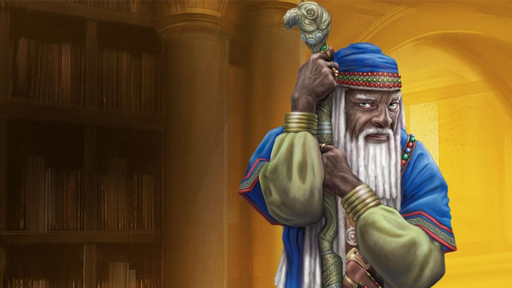
You're a wizard, Harry
Last but not least, it’s the class that is arguably the most powerful class: The wizard. The amount of opportunities in how to play this class are endless, and it is definitely the one for more advanced players to play as (as it’s all about making sure to have the right spells prepared at the right time).
This class may not be versatile in roles like other classes, but it does an incredible job in doing one role well, dealing damage. Wizards have the largest list of spells that it can learn and prepare. This gives them the incredible opportunity to accomplish a lot, including crowd control, buffing, and debuffing if necessary. Wizards are also better suited for AoE spells, and thus with the right positioning of enemies, this is what allows the class to potentially bring the largest output of damage per round. It may be partially situational, but for the most part, it’s super effective!
The biggest thing to watch out for with wizards is the lack of health and healing capability that they possess. Wizards may have the most accessibility to spells, but they cannot heal. Considering that this is the squishiest class in the game, where a few good hits can easily bring the spellcaster down, this is potentially a huge caveat to playing a character like this. My (somewhat obvious) suggestion: stay far away from where the fight is happening and make sure you have an escape plan if it starts to come your way. Most spell ranges will allow the distance, and there are plenty of spells, like Misty Step, that will help you safely retreat if need be.
What Makes a Wizard Great at Combat
- Accessibility to a large number of spells
- Both AoE and single target attacks
- Cast buff and debuff spells on allies and/or targets
- Large damage output per round
- Decent crowd control via spellcasting
Despite that these classes are ranked here as they are, I want to make a point that every single class has their unique perks, strengths, and weaknesses. Just because a class isn’t determined as “most powerful” by the general public (or your simple writer here), doesn’t mean you shouldn’t play as them. Everyone customizes their characters differently. Therefore, no two rangers are the same, or rogues, or sorcerers, etc. And that’s not even discussing the world of opportunities with multiclassing.
For example, I absolutely love playing my four elements monk in one of my campaigns. She may not be considered a powerful class or damage dealer, but she helps get the job done and does incredible crowd control with her Water Whip and Stunning Strikes. Her use of Shatter is also a great AoE that has significantly helped bring lowly adds down, while the tank and big damage dealers would focus on the boss monster. Her speed also makes her a fantastic person to kite. All in all, she’s the perfect distraction to enemies when the tank is preoccupied on the biggest threat, the healer is prioritizing in assisting the tank, the warlock helps in damaging the big threat, and the bard inspires and fills in the gap of wherever extra help is needed.
My point? It’s all about how you want to play, how your party is set up, what kind of situations you run into during a campaign, and much more. My dungeon master for my monk campaign likes to set up big boss fights with adds, hence my description of how the party functions during an encounter. So if you’re more focused on the type of character and backstory you want (amongst other varieties), being the largest damage output might not be too much of a priority. Yet, if all you care about are damage numbers and having enemies go down in the fewest hits possible, then this list will be helpful for you to create a mighty slayer of foes. You can also prioritize both, it just all depends on what you want. Truly, the sky's the limit in character creation.
With that, go forth and conquer my friend, with the Pokémon theme in your head for inspiration. Gotta beat ‘em all!
You may also be interested in:
The Best D&D Classes, Ranked from Worst to Best


